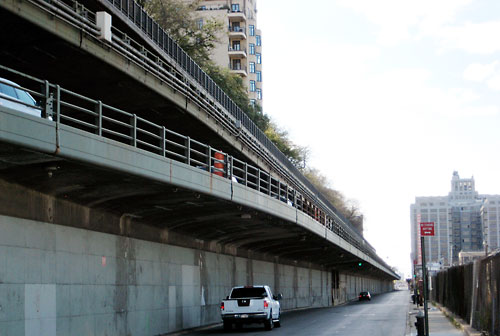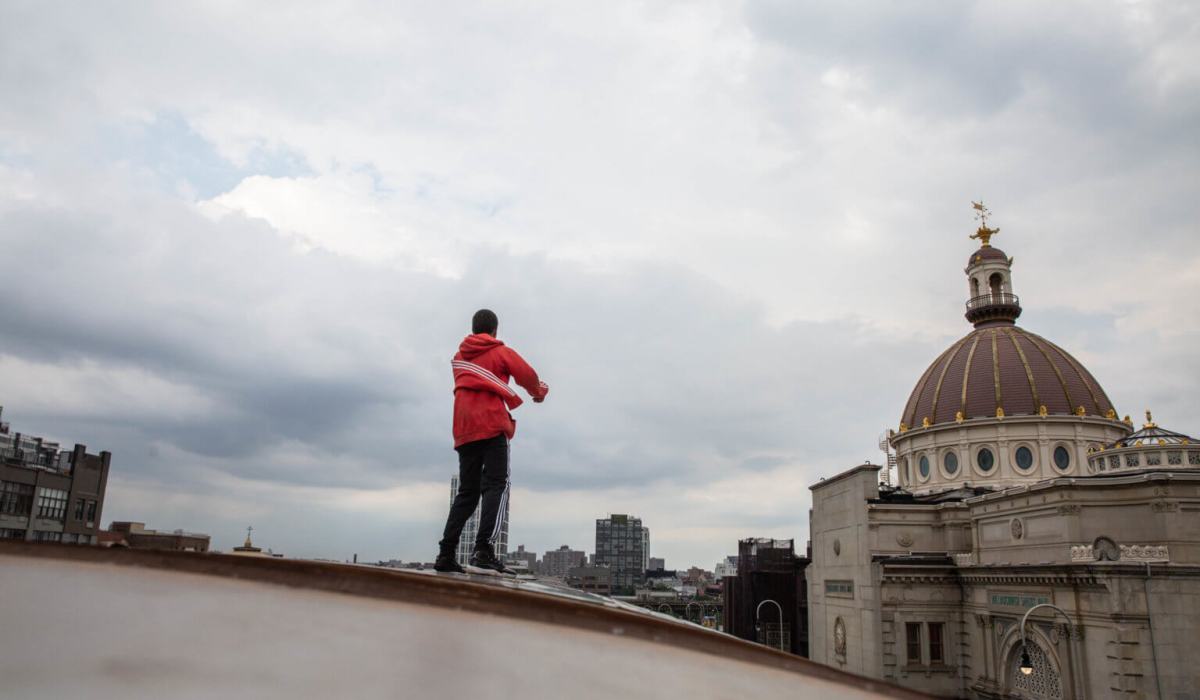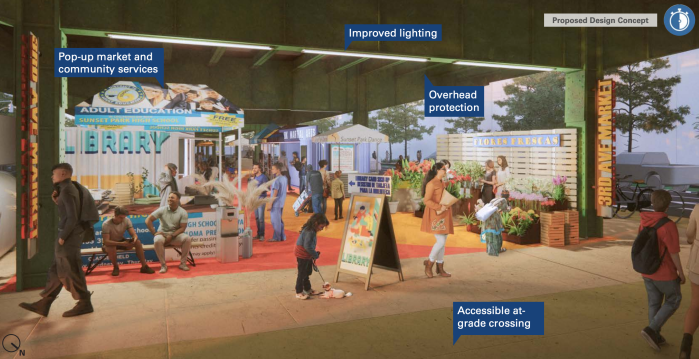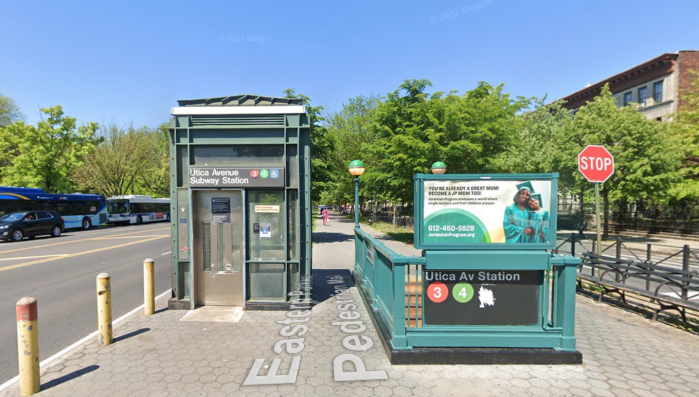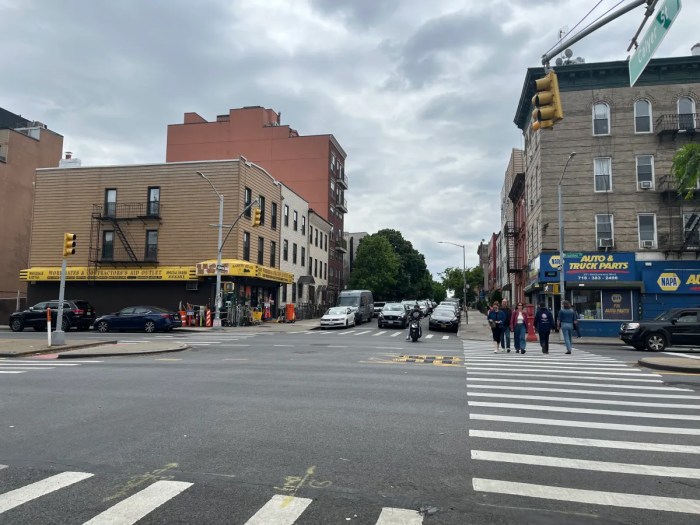Dig they won’t.
State and federal transportation officials told civic leaders and residents on Wednesday night that there is not enough money to move ahead on an ambitious — and popular — proposal to bury the aging Brooklyn–Queens Expressway in a tunnel.
Officially, the state Department of Transportation is still considering several tunnel options to replace the crumbling triple-cantilevered portion of the troubled highway, a substandard roadway that is long- overdue for repair.
But planners say they don’t expect to have the estimated $2.2 billion it would cost to bury the BQE under Brownstone Brooklyn, or at the highest end of the spectrum, the $20 billion it would cost to construct an 8.5-mile outboard tunnel from Greenpoint to Sunset Park.
“We are not anti-tunnel,” said Luis Calderon, Transportation’s acting regional program and project manager. “As an engineer, I would love to work on a tunnel project. That would be my dream. But we have to work within the constraints that are given to us.”
Federal planners agreed.
“Most of the tunnel alternatives will be difficult to find reasonable funding sources, said John Formosa, major projects manager with the Federal Highway Administration.
Cheaper proposals include $200 million of surface improvements on the 1.7-mile stretch between Atlantic Avenue and Sands Street.
But residents were galled by lower-tech options.
“That looks like a paint job,” sniffed Boerum Hill resident Bill Harris, a member of a state-appointed citizen’s committee involved in the planning of the mega-repair. “I thought we were talking about the future. I thought we were trying to be visionary here, to try to do this so we didn’t have to do it again in another 30 or 40 years from now.”
Federal, state and city money will be needed to pay for the project, officials said, and Uncle Sam’s allotment comes from a pot of money generated from gas receipts divvied up between all the states. New York’s annual share is roughly $2.2 billion for the entire state. The city usually receives about that half of that for all roadway projects.

“We are going to look at demands citywide and what we can afford for this project,” said Uchenna Madu, a director of planning for the state Transportation Department. “There are big constraints.”
But planners insisted that nothing is of the table for now, adding that if elected officials can pony up more money, or hammer out a public-private-partnership, more-expensive options could become feasible.
Residents vowed to put pressure on their pols in hopes of finally building a tunnel to the 21st century.
“We need to stop acting like a Third World country here and start acting more like our neighbors in Europe and Asia — that are doing these projects every single day — and [advance] a vision that will be an improvement for this borough,” said Allen Swerdlowe, an architect participating in the state-sponsored design workshops.
Not everyone was upset that a tunnel might not be in the cards.
“Be careful what you ask for,” said Columbia Street Waterfront resident Steve Abel, who said boring a tunnel could present a range of problems, including property seizures, traffic jams, and damage to existing structures. “The people who want this plan — this futuristic, visionary plan — want it because they believe it will benefit their own backyard. But property values are already high.”
The cheapest tunnel option would be a 1.3-mile structure connecting Kane Street in Cobble Hill with North Portland Avenue in Fort Greene — an environmentally friendly and efficient transportation alternative that will pay for itself over time.
Last year, the state tabled an expansion of the existing BQE after outcry after reports that it would require the seizure of 300 to 400 residences and 50 commercial properties through eminent domain.
Whatever the solution, work must get underway by 2020. The BQE is in desperate need of repairs, as it does not meet federal highway standards, is degrading rapidly, and is prone to traffic tie-ups and accidents.
State planners will return next month to announce which options they intend to cast aside.



